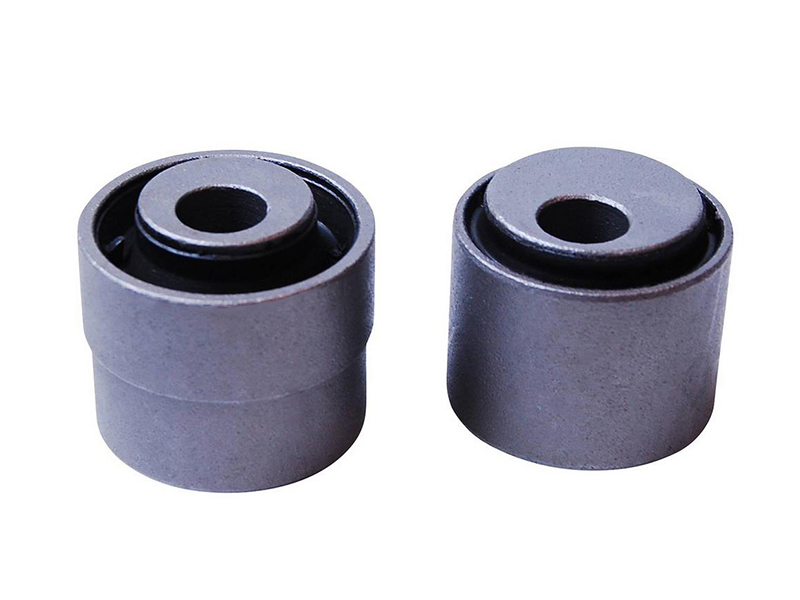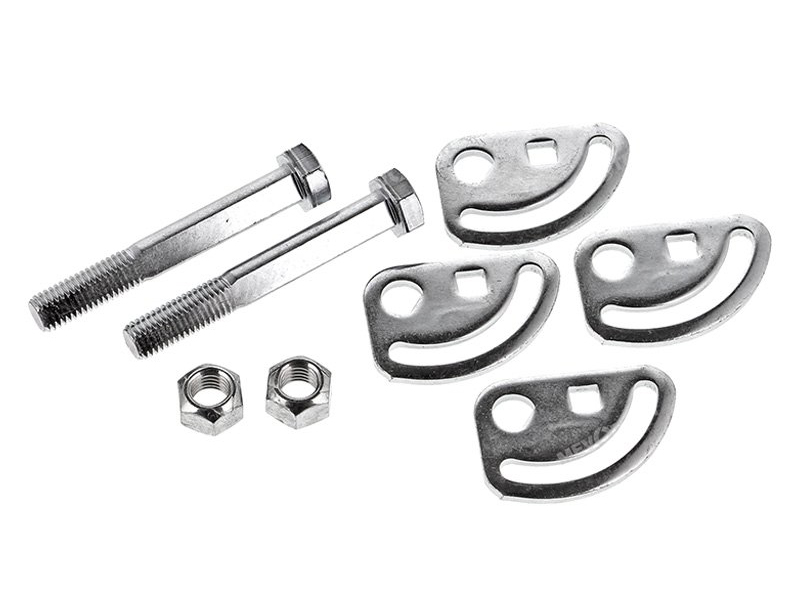Alignment aids are used when the factory points will not permit additional correct front or rear wheel alignment adjustment. They may be special ball joints, control arms, bushing sleeves or shims that provide a wider range of camber, caster and toe adjustments.
Alignment problems can usually be diagnosed by examining tire tread for any irregular wear. An alignment should always be done when steering or suspension work is performed and whenever new tires are installed, to maximize their life.
COMMON ALIGNMENTS TYPES
Front-end – This is the most common and makes adjustments to the front steering and suspension system.
Thrust – A thrust alignment combines front-end alignment with “thrust” alignment and is recommended for vehicles with a solid rear axle. A vehicle needing a thrust alignment is easy to spot as it will be sidling as it goes down the road.
Four-wheel – This combines elements of the front-end and thrust alignments, as well as the rear axle angles. A four-wheel alignment is made on four-wheel/all-wheel drive vehicles and front-wheel drive vehicles with adjustable rear suspensions.
HOW A TECHNICIAN TYPICALLY ALIGNS A VEHICLE
The technician will hoist the vehicle and examine the tires and the steering/suspension components to see if they are within specifications. Damaged or excessively worn parts will need replacing before the alignment can be performed.
The technician then aligns the vehicle by making steering and suspension adjustments per the manufacturer’s specifications, covering:
Toe – The slight amount the tires are turned in or out when viewed from above. Proper toe helps ensure even tire wear and extended life.
Camber – The inward or outward vertical tire angle when viewed from the front. Many vehicles have a slight negative camber to improve stability and handling.
Caster – The front wheels’ forward or backward steering axis angle when viewed from the side. Caster helps a vehicle stay on a straight course and assists in straightening wheels after a turn.
Thrust – This adjustment aligns the rear axle so it’s perpendicular with the vehicle’s center line and makes the front and rear axles parallel.


